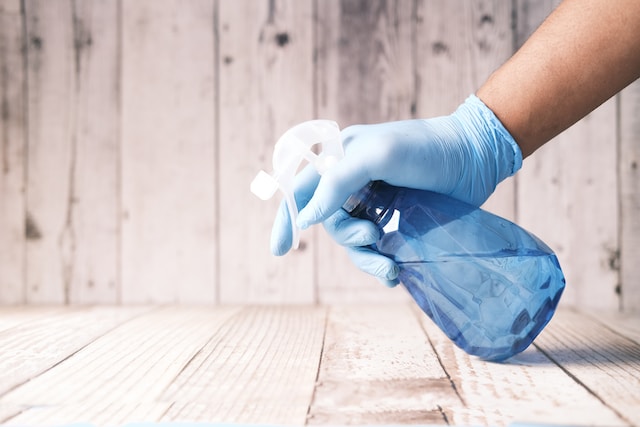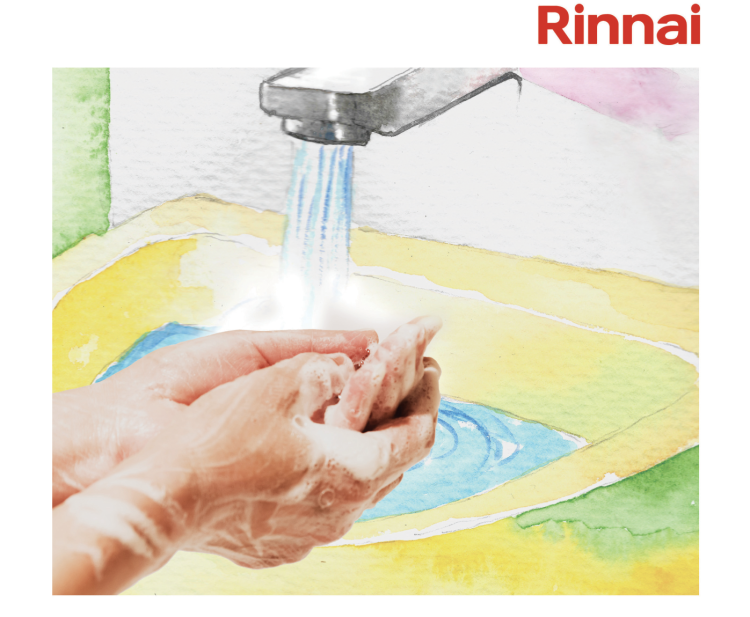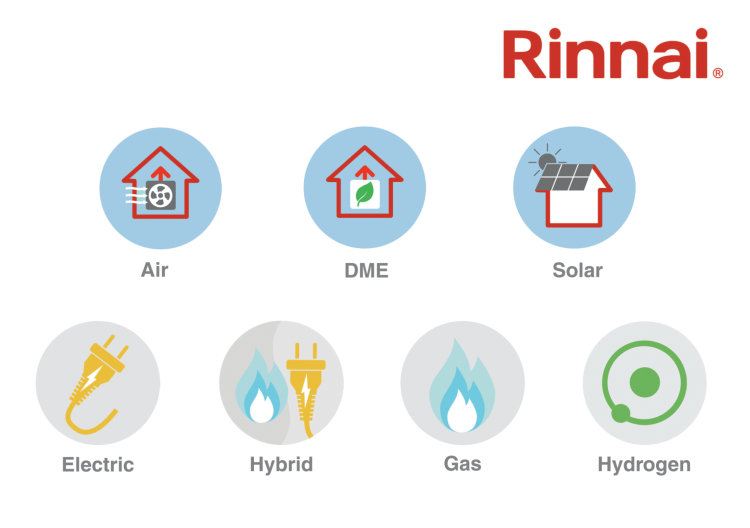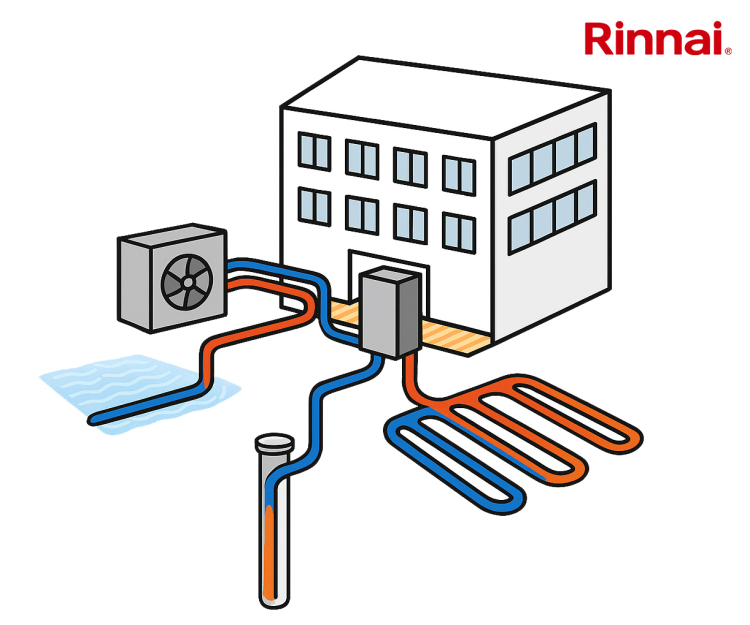- Content
- Opinion
- Why Chlorine-Based Cleaning Agents Need to be Eradicated in UK Workplaces
24 August 2023
Victor Adendorff from Scientific Sanitation Solutions explores the dangers around chemical cleaning and disinfectant products and the specific risks to healthcare workers.
Victor is an entrepreneur based in South Africa with thirty years of extensive business experience. Throughout his business career, Victor has been in executive roles within the banking industry, mining sector, and since 2016, he has been involved in the chemical industry.
The Risks that Cleaning Products Pose
The COVID-19 pandemic has reshaped the way workplaces across the UK approach cleaning and hygiene practices, and the health sector is no exception. While rigorous cleaning regimes are essential to curbing the spread of pathogens like Clostridioides Difficile (C.diff) and viruses such as norovirus and SARS-CoV-2, it's imperative to acknowledge that the chemical cleaning and disinfectant products used in these efforts pose potential risks to the health of the workers responsible for their application.
Cleaning products play a vital role in maintaining a safe and sanitised environment, but they also bring health hazards that need to be addressed. The Health and Safety Executive (HSE) conducted research in 2017 and uncovered evidence linking exposure to chemical cleaning and disinfectant products to the development of occupational asthma, exacerbation of pre-existing asthma, and other respiratory conditions. This research emphasises the need for stringent safety measures to protect the wellbeing of workers across all industries, but perhaps more pressingly in the health sector where the use of disinfectants is most intense.
Health and Care Workers Regularly Exposed to Cleaning Chemicals
It's noteworthy that a significant percentage of health and care workers are regularly exposed to cleaning chemicals. This exposure encompasses a diverse range of job roles, from cleaning staff and catering personnel to paramedics, nurses, and more.
Unfortunately, despite regulations mandating employers to minimise exposure risks, a survey conducted by UNISON in 2017 revealed that only 32 per cent of respondents believed that the risk assessment of cleaning chemical usage in their workplaces was sufficient.
The health risks associated with exposure to cleaning chemicals extend beyond the workplace, particularly for those who are predominantly women. A double burden of chemical exposure often exists, as these workers may also have contact with cleaning chemicals at home. This places them at a heightened risk for health issues stemming from prolonged exposure to these substances.
Link Between COPD and Cleaning Agents
A pivotal 30-year study conducted by Harvard University and the French National Institute for Health and Medical Research in 2019 drew a compelling link between the use of disinfectant chemicals and an increased risk of developing chronic obstructive pulmonary disease (COPD) among nurses in the US. This study highlighted a 25 per cent to 38 per cent elevated risk of COPD, regardless of factors like asthma and smoking. The study looked at various cleaning agents, including hypochlorite bleach and hydrogen peroxide, and suggested implementing exposure-reduction strategies while maintaining infection control standards.
Chlorine-based cleaning chemicals, commonly used in healthcare settings, come in various forms, each with its potential hazards. Mixing these chemicals improperly, particularly with ammonia or acidic cleaning agents, can result in the release of harmful gases. This can lead to severe respiratory irritation and potentially harmful consequences for both workers and patients. A UNISON survey in 2017 found that 60 per cent of healthcare workers reported using chlorine-based disinfectant products, with a significant number experiencing adverse effects such as headaches, asthma-like symptoms, and skin irritation.
Furthermore, these cleaning chemicals can also contribute to work-related dermatitis, a condition reported by 93 per cent of nursing staff in a Royal College of Nursing study in 2020. Skin problems like dryness, redness, and itching were common among healthcare workers, and when left untreated, these conditions could result in infections, endangering both workers and patients.
Legally, employers are obligated to mitigate the risks associated with exposure to hazardous substances under the Control of Substances Hazardous to Health Regulations (COSHH) and other relevant regulations. Adequate ventilation, proper personal protective equipment (PPE), and effective communication between employers and contractors are crucial aspects of safeguarding workers' wellbeing.
The consequences of inadequate safety measures can be grave, not only in terms of worker health but also in financial terms and, not least, on ethical grounds. Personal injury claims have been filed on behalf of healthcare workers who developed serious health conditions due to chemical exposure. These cases highlight the importance of addressing these risks promptly and adequately.
The Future of Disinfectants
Less-toxic, environmentally friendly products already exist for almost all health care facility needs. The newest example of this has recently approved for NHS procurement. SANI-99™, developed in laboratories in South Africa, is a powerful, medical grade and eco-friendly disinfectant that has been developed to target and kill pathogens, laboratory certified to Log 7 purity reduction, the highest possible standard. In essence, it kills 99.99995 per cent of all known germs and harmful bacteria.
Completely free of either alcohol and chlorine, this disinfectant that can be used on any hard surface or as a hand sanitiser. It is almost 2,000 times more potent than concentrated (undiluted) bleach (per million pathogens) and infinitely safer as well as being longer lasting than standard disinfectants. Unlike most commercial cleaning agents, it is designed to be used in a re-usable bottle for life, being dispensed via a simple nozzle and spray system.
The significance of disinfectants in combating viruses and diseases in hospitals cannot be overstated. Hospitals must prioritise the implementation of effective disinfection protocols, like SANI-99™, and ensure proper training for staff to maximise their benefits.
For all of that, there are still problems to overcome in the selection and use of the right disinfectants and sanitisation in general. Recent innovation in the chemistry and design of disinfectants for hospitals can address many of these problems that make hospitals safer for patients and staff alike, and at the same time be better for the environment.
Scientific Sanitation Solutions (SSS) has authored a White Paper entitled "Hand Hygiene and the Role of Disinfectants" which is available to read and download here. The paper discusses the importance of hand disinfection, and the different types of disinfectants commonly used. It also explores the efficacy, guidelines, and considerations for selecting appropriate disinfectants to ensure optimal hand hygiene practices.
In conclusion, the intensified cleaning efforts in response to the COVID-19 pandemic have brought the health risks associated with chemical cleaning to the forefront. The health sector must prioritise the protection of its workers from the potential dangers of exposure to cleaning chemicals. Regulatory compliance, effective risk assessment, proper use of PPE, and ongoing monitoring are essential steps towards ensuring the well-being of those who work to maintain safe and sanitised healthcare environments. New disinfectants that are less toxic and dangerous to health should also be explored.
Picture: a photograph of a blue trigger spray bottle being used on a wooden surface. Image Credit: Unsplash
Article written by Victor Adendorff | Published 24 August 2023
Share
Related Articles
CHSA Warns Against Misleading 'Green' Claims in Cleaning Chemicals
The Cleaning & Hygiene Suppliers Association wants to ensure facilities managers make informed decisions when purchasing cleaning chemicals.
The new campaign aims...
Read Full Article
Nicky Biggart Elected Chair of CHSA Accreditation Schemes
The Cleaning & Hygiene Suppliers Association has elected council member Nicky Biggart as its chair of accreditation schemes.
As the new Chair...
Read Full Article
Planet Mark Shares Sustainability Insights for the Cleaning Industry
TWinFM partner Planet Mark hosted a roundtable with members from the cleaning sector to uncover how to navigate the key challenges in promoting sustainable...
Read Full Article
Biovate Hygienics Introduces Paper Bottles for Cleaning Products
One of the world’s first plastic free paper bottles for commercial cleaning products has launched at The Cleaning Show.
Biovate Hygienics’ “Zero...
Read Full Article
Cleaning Trends for 2022
Cleaning product manufacturer and distributor Robert Scott has revealed the findings of its latest customer research, identifying the key trends that will dominate the...
Read Full Article
Sustainable Cleaning in Facilities Management
Environmental concerns have to be taken into consideration to survive in the long term, and procuring sustainable cleaning supplies is one such way for FMs.
Tim Bench...
Read Full Article
How is Brexit Affecting the Sale of Cleaning Chemicals?
Manufacturers that have failed to re-register their cleaning chemicals on the GB Article 95 List may not be able to sell in the UK market.
Some cleaning chemical...
Read Full Article
CHSA Launches Accreditation Scheme for Chemical Manufacturers
The Cleaning & Hygiene Suppliers Association is launching an official accreditation scheme for the manufacturers of cleaning chemicals.
This means that...
Read Full Article
Getting A Clean Dose Of IoT
A UK biotechnology cleaning solutions manufacturing company believe they have introduced the first Internet of Things based product dosing and monitoring...
Read Full Article
Greening Cleaning Keeps Costs From Hitting Ceiling
By replacing chemical cleaners with biological alternatives, contractors and landlords could save millions of pounds, writes Dr Emma Saunders - and international...
Read Full Article


.gif)
.gif)
.gif)








.png)

